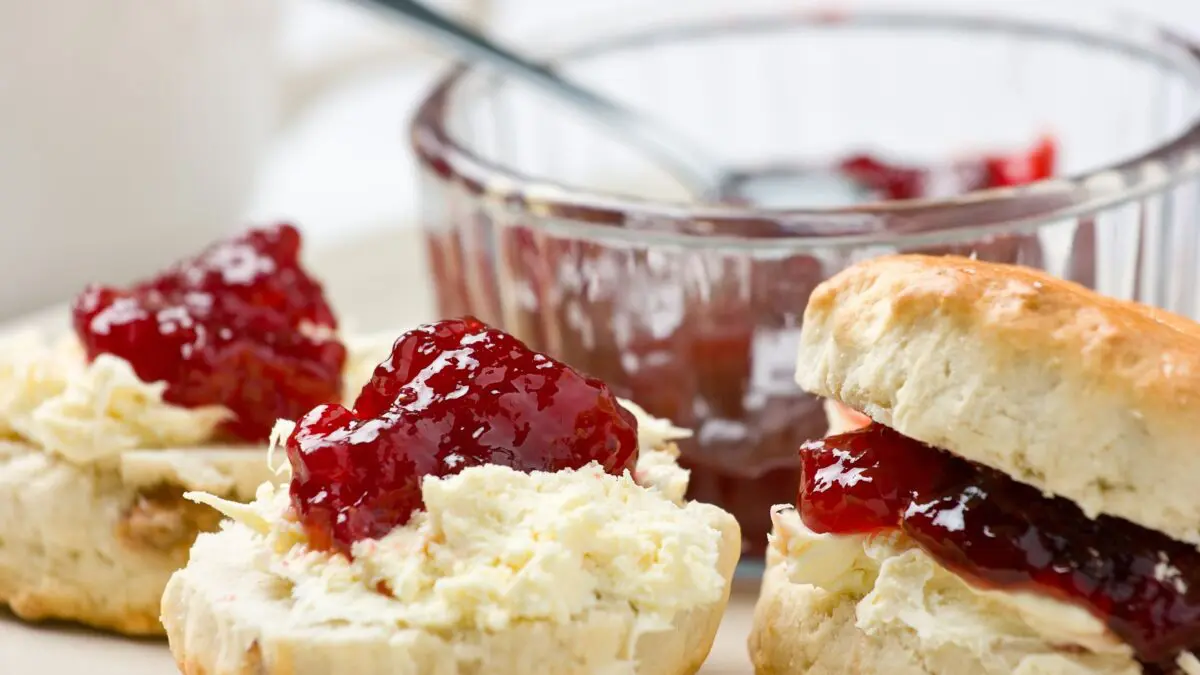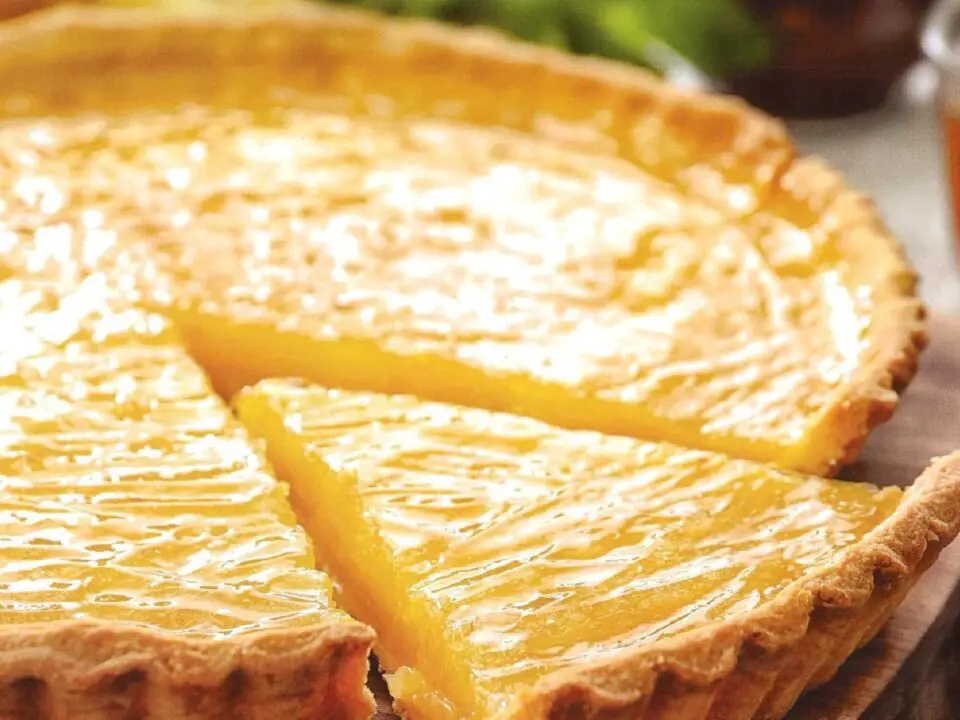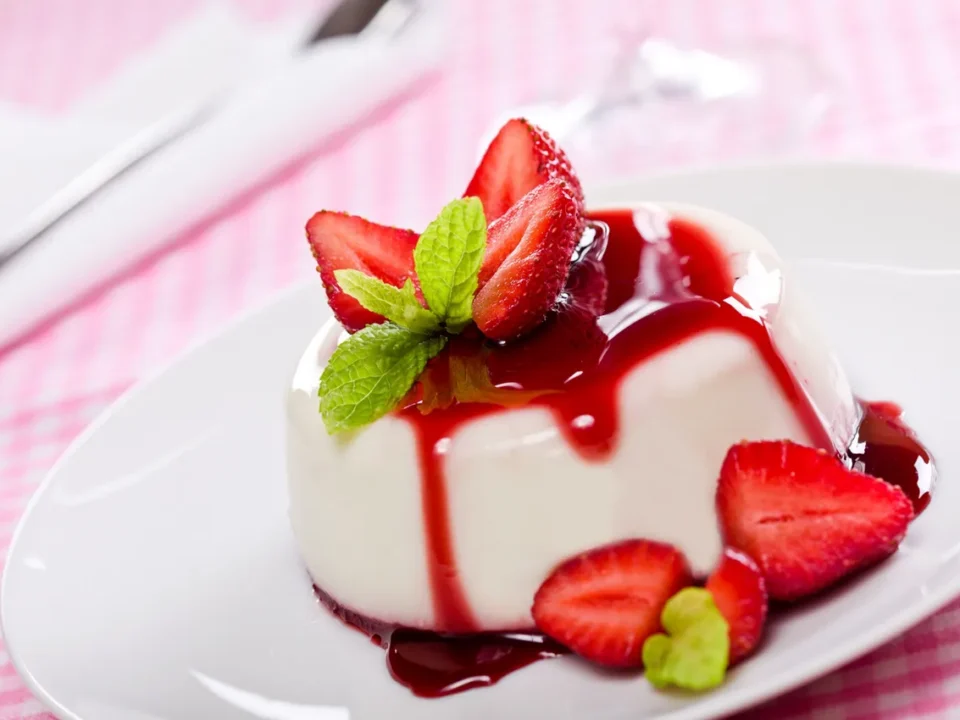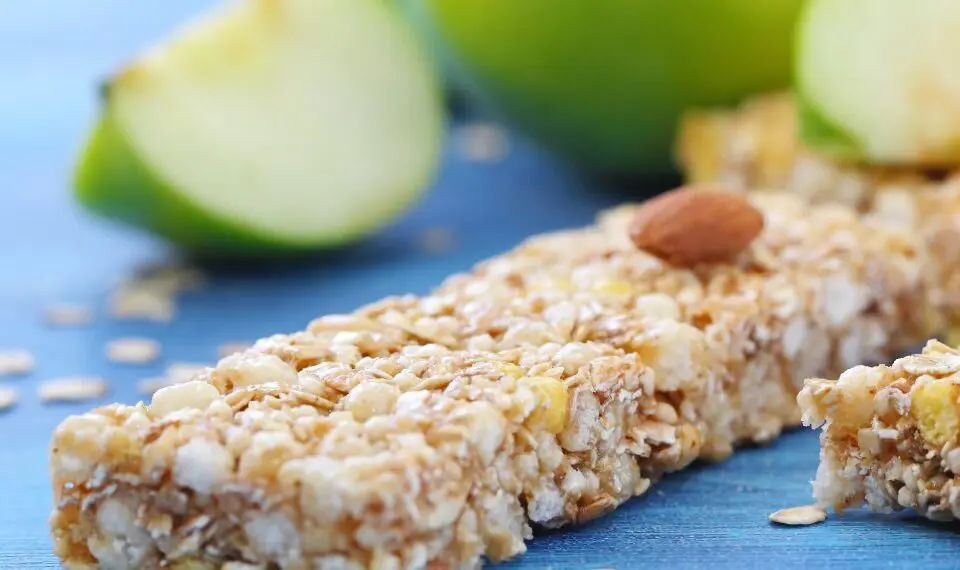
Cédric Grolet
October 13, 2025
Key Lime Pie (USA/Florida)
November 3, 2025A Bit of History, a Lot of Comfort
If I had to name a pastry that feels like a hug in baked form, I’d pick the scone. Crisp on the outside, tender inside. Simple, humble, endlessly versatile.
Where Scones Come From
Scones trace their roots to the British Isles, probably Scotland in particular. Early versions were made with oats or barley, cooked on a griddle rather than baked in an oven. Over time, wheat flour and chemical leavening (baking powder or soda) became the norm, and the scone entered the world we think of today.
As tea culture grew in England, scones became a fixture of the afternoon tea — a sweet or lightly sweetened bread to enjoy with jam and cream. In Australia, New Zealand, Canada, and beyond, the scone was brought by British settlers and adapted to local tastes. (You’ll find savoury cheese scones, pumpkin scones, or even corn and herb versions depending on where you are.)
How to Prepare and Bake a Great Scone
Here’s the method I follow in my kitchen, with notes from years of trial and error. The technique matters as much as the ingredients.
The Ingredients (in spirit)
You’ll need:
- Flour (plain or self-raising, depending on your style)
- Fat (butter is classic; some use lard, sometimes half butter, half another fat)
- A raising agent (baking powder, or baking soda + acid)
- Milk, cream or buttermilk (for richness and tenderness)
- A touch of sugar (optional, for sweet scones)
- Egg (sometimes in the dough or as an egg wash)
- Optional add-ins: dried fruit, cheese, herbs, citrus zest
Technique and Steps
- Preheat the oven and prepare the tray. Get your oven really hot (around 200°C / 400°F) and line a baking tray or use a heavy tin.
- Cut the cold fat into the dry mix. The butter should be cold and cubed. Rub or use a cutter until you have pea-sized bits. This gives you flakiness.
- Add the liquid. Mix just until the dough comes together. Avoid overworking; you want a rough, shaggy texture.
- Shape and cut. Turn the dough onto a floured surface, gently pat it to about 2–3 cm thick (or thicker, to your preference), then cut into rounds or wedges. Press straight down — twisting can close the layers.
- Egg wash (optional). Brush with beaten egg or milk for a golden top.
- Bake quickly. Slide into the oven and bake until risen and golden, typically 12–20 minutes depending on size.
- Cool briefly. Let them rest on a wire rack just enough to stop steaming, but serve while warm.
A few things I’ve learnt: keep everything cold (especially your fat). Don’t knead aggressively. Use a high heat to get good lift, then finish the bake so the centre cooks through without drying the edges.
Common Variations
Scones are wonderfully adaptable. Here are some favourite spins:
- Fruit scones (currants, raisins, chopped dried apricots)
- Cheese / savoury scones (cheddar, herbs, cracked pepper)
- Pumpkin or sweet potato scones (in Australia, you’ll see these a lot)
- Wholemeal or mixed-grain scones
- Lemon poppy seed/citrus zest versions
- Drop scones / Scotch pancakes (thicker, cooked in a pan)
- Glazed scones (light sugar glaze or icing drizzle)
With each variation, the hydration, fat content, or baking time might shift a little. Always try small batches first.
What to Serve with Scones & What Drinks to Pair
Condiments and Toppings
Classic pairings include:
- Butter (ideally soft but not melted)
- Jam or preserves (strawberry, raspberry, apricot)
- Clotted cream or whipped cream (if available)
- Lemon curd
- Honey or maple syrup
- Savoury spreads for cheese scones (chive butter, tomato chutney)
In many homes I visit or teach, people insist on butter first, then jam; others go the opposite. Either way, it’s part of the fun.
Drinks That Go Well
- Tea (black teas, Earl Grey, English breakfast) — the traditional companion
- Coffee (a clean espresso, latte, or flat white)
- Hot chocolate or cocoa, especially when you want extra comfort
- A light white wine or sparkling wine (for brunches or special occasions)
- A mild-flavoured milk (for kids or casual occasions)
Personally, I love a strong black tea with a classic scone, and a latte or piccolo with a cheese-oriented version.
FAQ: Scones Edition
Are scones considered cake or bread?
They sit somewhere between. Because of leavening agents, they rise like bread, but richness, tenderness, and sugar (in sweet versions) bring them closer to cake.
What’s the best way to get a tall rise?
Cold ingredients and minimal handling help. Also, bake at high heat and don’t open the oven early. Cutting straight down (not twisting) preserves the lift.
Can I make scone dough ahead?
You can, but I prefer fresh. If you do make ahead, keep it cold and partially chilled. Let it rest briefly before baking, and expect a slightly softer result.
Do scones freeze well?
Yes. Once thoroughly cooled, wrap them tightly (double wrap) and freeze. To reheat, warm in the oven (150–160°C) for 5–10 minutes or until just heated through.
What is the ideal texture inside?
Light, tender, with small air pockets. It should feel soft, but not doughy, and not dry.
Can I make gluten-free scones?
Yes, with good gluten-free flour blends and binding agents (such as xanthan gum, etc.). Expect a slightly different crumb, but it will still be delightful.
When are scones best eaten?
Fresh and warm is ideal, within the first few hours. But properly stored, they’re still good the next day. Warm briefly before serving.
What about drop scones?
Drop scones (sometimes called Scotch pancakes) are like thick pancakes. The batter consistency is looser, and you cook them in a pan. Related, but a different experience.



